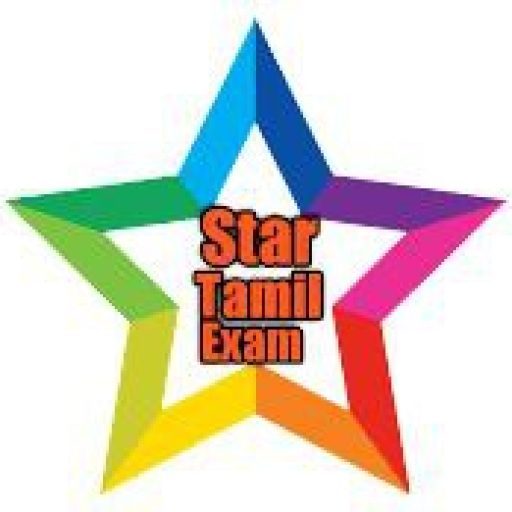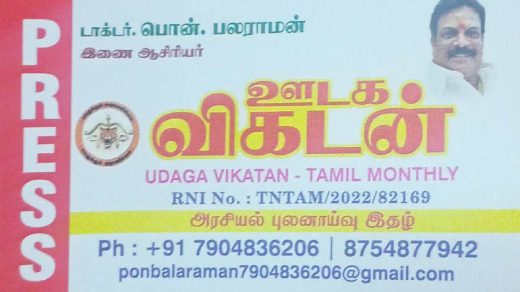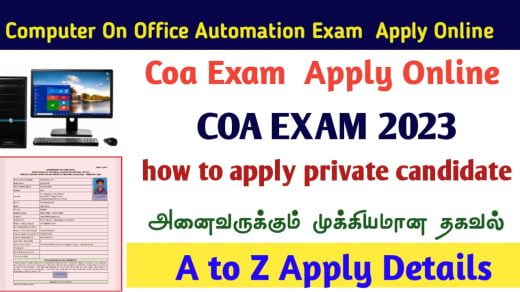What is Computer and Its Full Form
Computer stands for:
Common Operating Machine Purposely Used for Technological and Educational Research.
The word computer is derived from the word compute. Computers are perhaps the most important invention of the last 100 years.
From outer space satellites, self-driving cars, artificial intelligence-powered robots, drones to paying your electricity bills online – they are used everywhere! This electronic device can be considered as the pioneer of the technological revolution that shook the world.

What is Computer and Its Full Form
Computers are used in every field including information technology, physics, chemistry, biological sciences, astronomy, archaeology, engineering, and defence. In this post, we will learn the basics of this amazing device.
Definition of Computer
A computer is a device that can carry out arithmetic and logical instructions very fast. It takes input and processes the output using software and hardware.
But this definition is out-of-date and the computer has come a long way since its invention. Let us now see the system has evolved in the next section.
Modern Definition of Computer
It is an electronic device that can manipulate, store, process, and retrieve data. Computers are used in daily tasks such as sending emails, playing games, preparing documents, posting comments on social media, and watching videos on YouTube. Apart from desktops and laptops, you can find computers on TVs, remote controllers, ACs, refrigerators, cars, smartphones, and tablets.
Let us gather a deeper understanding of the device. A computer is made of two important components – The Arithmetical Logical Unit and Control Unit.
COMPUTER = Arithmetical Logical Unit (ALU) + Control Unit (CU)
ALU (Arithmetical Logical Unit)
This part of the computer executes all the arithmetic and logical operations. In some processors, the ALU is divided into 2 more parts –
- Arithmetic unit (AU)
- Logic unit (LU)
ALU executes arithmetic operations such as addition, subtraction, division, multiplication, and shifting operations. In the case of logical operations, it executes AND, OR, NOT, XOR functions and Boolean comparisons.
CU (Control Unit)
This part of the computer’s processor handles the flow of data through the processor. It also controls the timing of instructions and operations. After receiving instructions from a program, it sends them to the ALU.
The 2 main components of CU are:
- Program counter: This loads instructions from memory and stores them in sequential order.
- Instruction register: This decodes the instructions and transforms them into CPU commands
Categorization of Computer
Based on technology, computers are divided into 3 broad categories:
1) Digital Computer
These are the computers you come across every day. The IBM PC and Apple Macintosh were the first digital computers to be used. These systems can perform various computational tasks based on the instructions given.
Typically, digital computers use the binary system, which has 2 digits – 0 and 1. These digits are called bits and they are used for representing information.
2) Analog Computer
An analog computer handles and processes analog data. These systems store data in physical quantities and execute calculations using measures. The results of these calculations are represented using symbolic numbers.
3) Hybrid Computer
These systems can be considered a combination of both digital and analog computers. The digital part handles logical and numerical operations. On the other hand, the analog component tackles complex mathematical operations.
Generation of Computers
First Generation (1940 – 1956)
The period between 1940 and 1956 was considered the first generation of computers. The computers were developed using vacuum tubes. They worked on binary code and accepted input using punched cards.
Examples: Mark I and Electronic Numerical Integrator And Calculator (ENIAC)
Second Generation (1956 – 1963)
The period between 1956 and 1963 is the second generation of computers. The transistor technology was used for creating computers back then. Moreover, these systems took less time for performing calculations than the 1st generation computers.
Examples: IBM 1620 and CDC 3600
Third Generation (1963 – 1971)
1963 to 1971 was the 3rd generation of computers. The computers of this generation were developed using integrated circuits. These systems consumed less power, heat and were easy to maintain.
Examples: IBM-360 and VAX-750
Fourth Generation (1972 – 2010)
The period between 1972 and 2010 is considered the 4th generation of computers. Microprocessors were used for developing these computers. The systems were faster than the other generations. It was this generation when computers were made commonly available for people.
Examples: IBM-PC and Apple-Macintosh
Fifth Generation (2010-Present)
The fifth generation of computers started in 2010 and is continuing. Computers today are faster than ever and can process multiple instructions at a time. Some of the technologies in this generation include artificial intelligence, data science, cloud computing, parallel processing, cybersecurity, and nanotechnology.
Important Components of a Computer
Hardware
The various physical components of a computer are called hardware. These include a keyboard, mouse, monitor, CPU, servers, etc. These components are used for providing input to a computer. Based on this input or instructions, the system will execute operations.
Motherboard
This is the main circuit board that connects the CPU, RAM, video card, and hard drive. It has ports for all the other peripherals to connect. It is placed inside the CPU casket and has ports for optical drives, memory, and power supply. A peripheral slot is available for inserting video and sound cards.
CPU/Processor
Central Processing Unit can be considered the brain of a computer. This processes all the data fed into it and delivers the appropriate results. These results may be displayed on the monitor or stored in an application. It contains a processor that is a chip that performs all calculations.
A CPU may have 2 processors (dual-core) or 4 processors (quad-core). Popular CPU processors include Intel Core i7 and AMD Ryzen.
RAM
Random Access Memory (RAM) is used for storing information such as machine code and working data. It is like the short-term memory of a computer, where the information gets erased when you shut down the computer. As data is accessed randomly instead of sequentially, RAM is very fast.
Hard Drive
This is the part of a computer that stores and retrieves data and is non-volatile. It is attached to the disk controller of a computer’s motherboard. The hard drive is essential for installing programs or software on the system. The operating system is installed on the hard drive along with other applications.
Software
Softwares are the various applications that are intended for executing specific tasks. This application is a set of instructions that process the input and produce an output. Popular software includes word processors, security applications, image editors, web browsers, database programs, software development tools, and cloud storage services.
You can install any software of your choice, as long as it supports your system’s hardware. Even PC games are high-end software used for entertainment purposes. Perhaps the most important software on a computer is the Operating System. This acts as a bridge between the user and the system’s hardware. For example, Windows 10 and Mac OS.
Some Important Computer Related full forms
| Abbreviation | Full-Form |
|---|---|
| COMPUTER | Common Operating Machine Purposely Used for Technological and Educational Research |
| OS | Operating System |
| ROM | Read-Only Memory |
| CPU | Central Processing Unit |
| URL | Uniform Resource Locator |
| USB | Universal Serial Bus |
| USB-C | Universal Serial Bus Type–C |
| VIRUS | Vital Information Resource Under Siege |
| TCP | Transmission Control Protocol |
| UPS | Uninterruptible Power Supply |
| SATA | Serial Advanced Technology Attachment |
| RAM | Random Access Memory |
| SMPS | Switched-Mode Power Supply |
| CD | Compact Disc |
| DVD | Digital Versatile Disc |
| CRT | Cathode Ray Tube |
| DEC | Digital Equipment Corporation |
| SAP | System Application and Products |
| PNG | Portable Network Graphics |
| IP | Internet Protocol |
| GIS | Geographical Information system |
| DDS | Digital Data Storage |
| CAD | Computer-Aided Design |
| ACPI | Advanced Configuration and Power Interface |
| AGP | Accelerated Graphics Port |
| APM | Advanced Power Management |
| APIPA | Automatic Private Internet Protocol Addressing |
| HTTP | HyperText Transfer Protocol |
| HTTPS | HyperText Transfer Protocol Secure |
| HDMI | High Definition Multimedia Interface |
Common Memory Related full forms
| Abbreviation | Full-Form |
|---|---|
| KB | Kilobyte (this is the smallest storage unit) |
| MB | MegaByte |
| GB | GigaByte |
| TB | TeraByte |
| PB | PentaByte |
| EB | EXAByte |
| ZB | ZetaByte |



